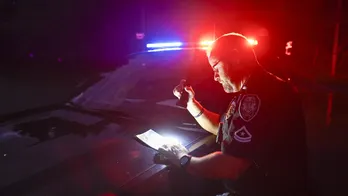On this day in history, January 7, 1610, Galileo discovers the moons of Jupiter
With eight planets in our solar system, more than 200 moons surround those natural satellites.
Jupiter, one of the most recognizable planets, has 80 of those moons.
On this day in history, Jan. 7, 1610, Galileo discovered the moons of Jupiter — making it the first observation of this planet.
ON THIS DAY IN HISTORY, JANUARY 6, 1941, FDR DELIVERS 4 FREEDOMS SPEECH, STEELING AMERICANS FOR WORLD WAR II
Galileo Galilei was an Italian philosopher and astronomer born in 1564 in Pisa, Italy, according to Britannica.
After moving to Florence as a young child, Galileo attended school, then went to the University of Pisa to study medicine.
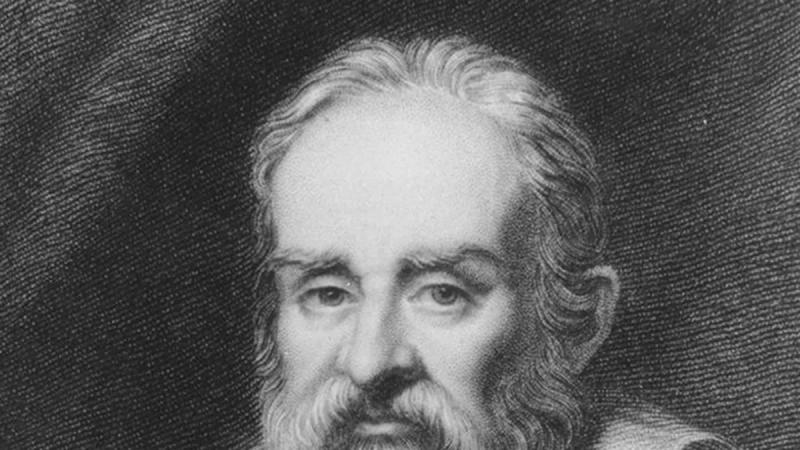
Galileo Galilei, Italian philosopher, first discovered the moons of Jupiter. (AP Newsroom)
While there, he became interested in mathematics — ultimately dropping out of college without a degree to work on his own.
ON THIS DAY IN HISTORY, DEC. 11, 1972, APOLLO 17 ASTRONAUTS BECOME LAST HUMANS TO WALK ON THE MOON
Still, Galileo was always teaching himself new skills and facts, according to Britannica.
Galileo was best known for producing powerful telescopes — and used one of them to discover four moons surrounding Jupiter.
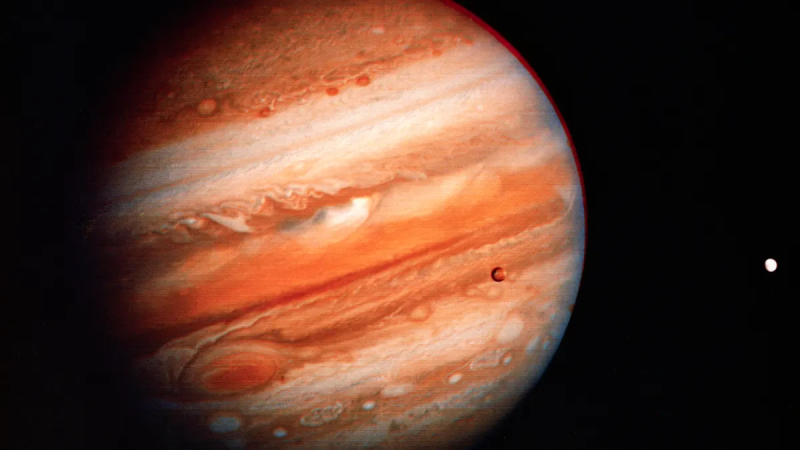
A view of Jupiter from early in the Voyager 1 mission. The two Galilean moons of Io and Europa (left to right) can also be seen. (CORBIS/Corbis via Getty Images)
On Jan. 7, 1610, Galileo discovered four moons revolving around Jupiter — a discovery that would change his life forever.
These four moons are Jupiter’s largest satellites — lo, Europa, Ganymede and Callisto — also known as Galilean Moons, according to National Geographic.
ON THIS DAY IN HISTORY, JULY 29, PRESIDENT EISENHOWER SIGNED BILL CREATING NASA
This discovery helped him prove that the Earth did indeed revolve around the sun, a fact that was not accepted at the time.
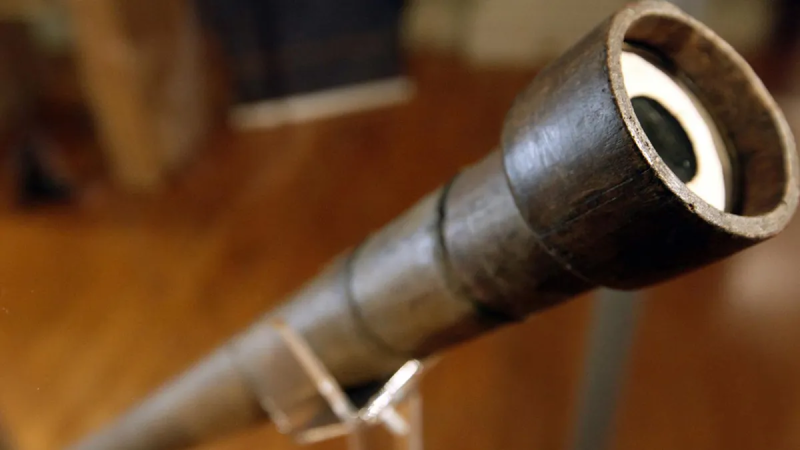
Galileo constructed a telescope that was used to see the moons of Jupiter. (AP Newsroom)
Years later, Galileo faced charges for believing and advocating for the Copernican theory — the idea that the Earth revolves around the sun.
This theory was largely against the teachings of the Roman Catholic Church at the time.
CLICK HERE TO SIGN UP FOR OUR LIFESTYLE NEWSLETTER
He ultimately pled guilty and was put on house arrest indefinitely by Pope Urban VIII, according to History.com.
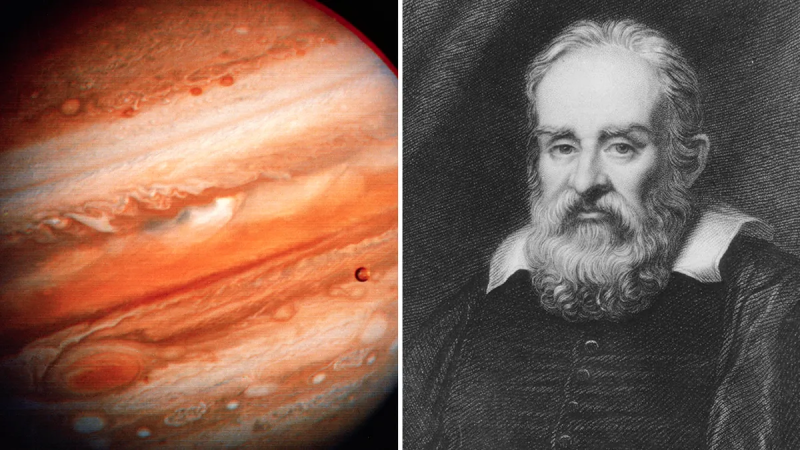
On this day in history, Jan. 7, 1610, Galileo discovered the moons of Jupiter. (CORBIS/Corbis via Getty Images/AP Newsroom)
He spent the rest of his life in a villa near Florence before his death on Jan. 8, 1642.
Jupiter is fifth in line from the sun and is by far the largest planet in the solar system, according to NASA.
CLICK HERE TO GET THE FOX NEWS APP
As for the giant red spot on the planet?
It’s a huge storm that’s bigger than Earth — having grown for hundreds of years, according to NASA.
For more Lifestyle articles, visit www.foxnews.com/lifestyle.
Disclaimer: The copyright of this article belongs to the original author. Reposting this article is solely for the purpose of information dissemination and does not constitute any investment advice. If there is any infringement, please contact us immediately. We will make corrections or deletions as necessary. Thank you.







